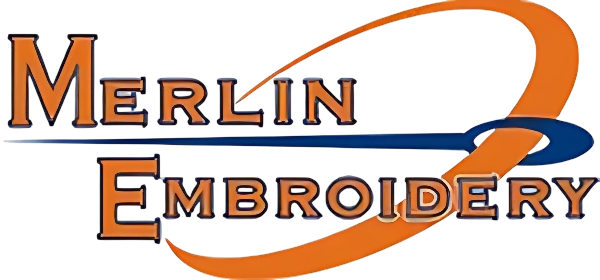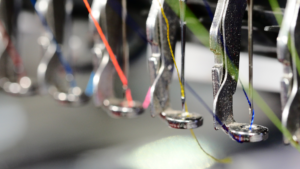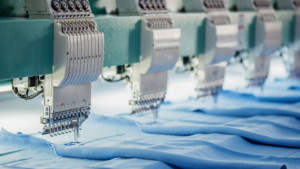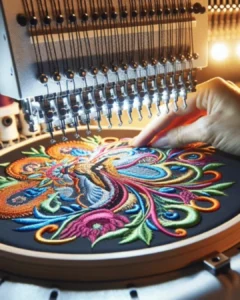The Art Of Minimalist Embroidery: Creating Impact With Simplicity
Have you ever found yourself drawn to the subtle elegance of minimalist designs? There’s something profoundly captivating about simplicity, and when it comes to embroidery, this concept becomes an art form in itself. The art of minimalist embroidery is all about using simple techniques and materials to create pieces that convey beauty and sophistication while making a big impact.
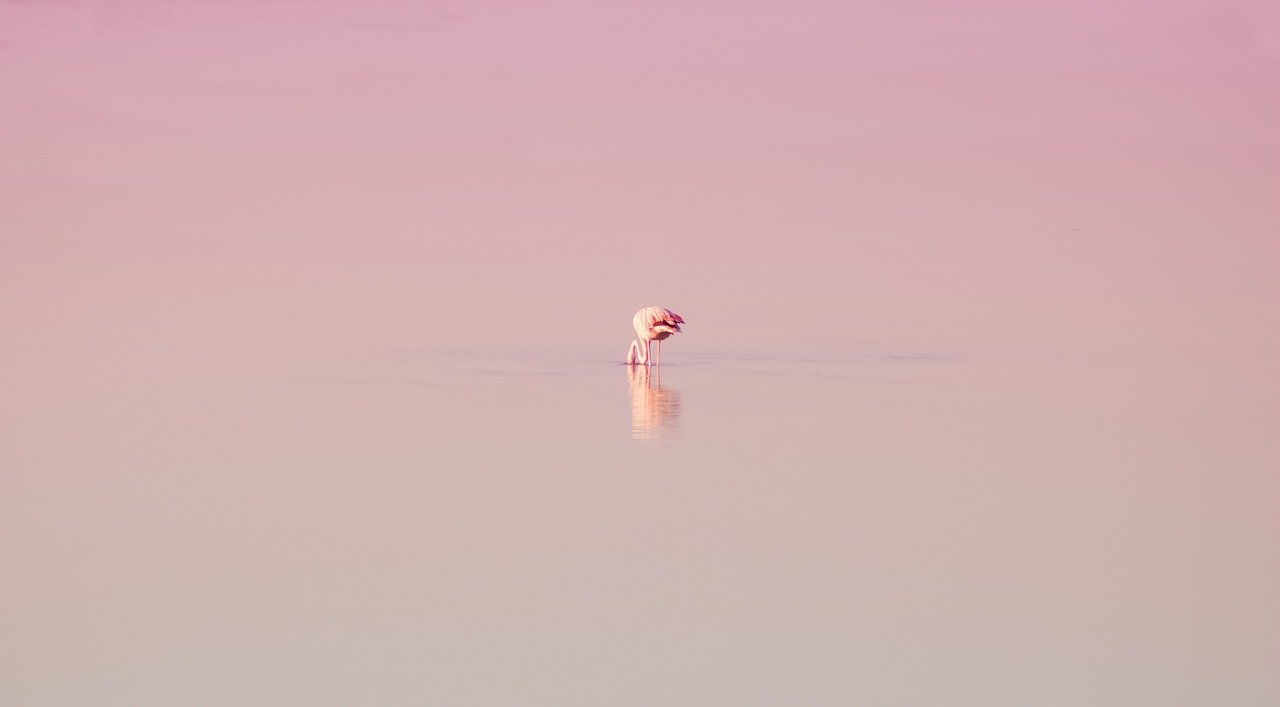
This image is property of pixabay.com.
What is Minimalist Embroidery?
Minimalist embroidery emphasizes simplicity and clarity. Rather than relying on intricate and complex designs, it focuses on minimal, clean lines and muted color palettes. The beauty of this approach is in its restraint; it allows each stitch to shine and every element to have its own moment of significance.
Why Choose Minimalist Embroidery?
Minimalist embroidery is perfect for those who appreciate elegance in simplicity. It reduces clutter and noise, allowing the essential elements of your design to stand out. This approach can be incredibly satisfying and almost meditative, as it encourages you to slow down and appreciate each stitch.
Getting Started: Essential Materials
To get started with minimalist embroidery, you don’t need a lot. Here’s a rundown of essential materials to consider:
| Material | Description |
|---|---|
| Hoop | Choose between wooden or plastic hoops; the size depends on your project. |
| Fabric | Opt for natural fabrics like cotton or linen for a clean look. |
| Needles | Embroidery needles with sharp points and large eyes are preferable. |
| Thread | Use high-quality cotton thread in limited colors to maintain simplicity. |
| Scissors | Small, sharp scissors are essential for cutting threads cleanly. |
| Pattern | Start with simple patterns, which you can find online or create yourself. |
Fabric Choices
When selecting fabrics, consider textures and colors that complement a minimalist aesthetic. Linen, for example, offers a natural feel and a subtle texture that enhances simple designs. On the other hand, smooth cotton can provide a clean canvas for your stitches.
Thread Selection
Thread is where you can inject some personality into your minimalist piece. Stick with a few muted colors, or even go monochromatic. Stranded cotton is generally a good choice, as it allows you to adjust the thickness of your stitches by using multiple strands.

This image is property of pixabay.com.
Techniques: Mastering the Basics
Minimalist embroidery isn’t about mastering dozens of stitches. Instead, it’s about perfecting a few basic ones. Here are some foundational techniques to start with:
| Stitch | Description |
|---|---|
| Back Stitch | Ideal for outlines and lettering. It’s straightforward and versatile. |
| Running Stitch | Perfect for simple lines and borders. It creates a dotted line effect. |
| Satin Stitch | Best for filling small areas with solid color. |
| French Knot | Adds small, delicate details and texture to your piece. |
Back Stitch
The back stitch is perhaps the most fundamental of all embroidery stitches. It’s perfect for creating outlines and simple shapes. Here’s a quick guide on how to do it:
- Bring your needle up through the fabric at point A.
- Move forward one stitch length and insert your needle at point B.
- Bring the needle up again from point C, the same distance from point B.
- Insert the needle back into point A, and repeat.
Running Stitch
The running stitch is as simple as it gets. This stitch can create a lovely dotted line effect, ideal for borders or line work.
- Bring your needle up through the fabric at point A.
- Insert the needle straight down at point B.
- Move forward to point C and bring the needle up.
- Repeat this process, maintaining equal stitch lengths.
Satin Stitch
For adding solid blocks of color to your design, the satin stitch is what you need:
- Outline the shape you want to fill.
- Bring the needle up at one edge of the shape.
- Insert it across to the other edge, keeping the stitch length even.
- Continue this back-and-forth motion, filling up the entire shape.
French Knot
French knots can add a bit of texture and interest to your minimalist piece:
- Bring the needle up through the fabric.
- Wrap the thread around the needle twice.
- Insert the needle back into the fabric near the first entry point.
- Pull the thread through to form a knot.
Design Principles: Less is More
The essence of minimalist embroidery lies in its design principles. By adhering to a few key guidelines, you can create pieces that are both impactful and elegant.
Focus on Space
In minimalist embroidery, negative space is just as important as the stitched areas. Leaving parts of the fabric bare can enhance the overall composition and give your design room to breathe.
Choose Muted or Monochrome Palettes
Colors play a significant role in minimalism. Opt for muted hues or even a monochromatic scheme to keep the focus on your designs rather than on a vibrant color palette.
Simple Shapes and Patterns
Stick to simple geometric shapes or motifs inspired by nature for your designs. This way, each element can stand out without competing for attention.

This image is property of pixabay.com.
Applications: Where and How to Use Minimalist Embroidery
Minimalist embroidery isn’t limited to wall art or framed pieces. It has a wide range of applications that add a touch of elegance to everyday items.
Home Decor
Embroidered pillows, table linens, and even curtains can benefit from a minimalist design. Simple stitched lines or small motifs can transform plain fabrics into something special.
Clothing and Accessories
Minimalist embroidery can add a touch of sophistication to garments. Think of a small floral design on a collar, or a simple geometric pattern on the edge of a scarf.
Personal Gifts
Handmade gifts such as embroidered bookmarks, tote bags, or handkerchiefs can be made more special with minimalistic designs. The simplicity allows the thoughtfulness of the handmade gift to shine through.
Tips for Perfecting Your Minimalist Embroidery
Perfecting your craft takes practice and attention to detail. Here are some tips to help you along the way:
Start Small
Begin with small projects to get a feel for the techniques and materials. Starting small prevents you from becoming overwhelmed and helps you build confidence.
Pay Attention to Tension
One of the keys to clean, minimalist embroidery is maintaining consistent tension on your stitches. Practice makes perfect, so don’t get discouraged if it doesn’t come naturally at first.
Keep Your Work Area Clean
A cluttered workspace can lead to a cluttered design. Keep your area tidy to maintain focus and ensure your materials are in good condition.
Use Quality Materials
Good quality fabric and thread can make a significant difference in the outcome of your project. Invest in quality materials to ensure longevity and enhanced aesthetics.
Conclusion: The Joy of Simplicity
Embarking on the journey of minimalist embroidery can be both rewarding and calming. It’s an art form that teaches you to find beauty in simplicity and to take satisfaction in the small details. Whether you’re new to embroidery or a seasoned artist looking to simplify, the art of minimalist embroidery offers endless possibilities to create impact through simplicity. So, why not give it a try? You may find that minimalism, with its focus on clarity and elegance, becomes a refreshing and inspiring part of your creative life.
